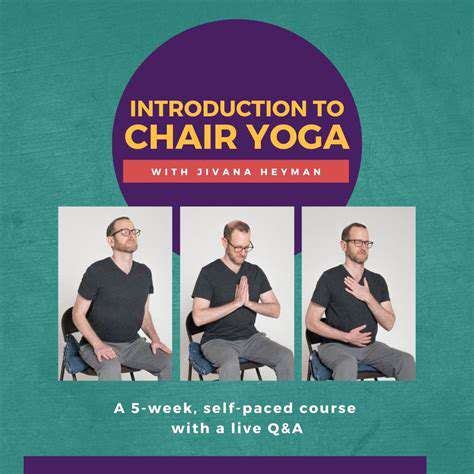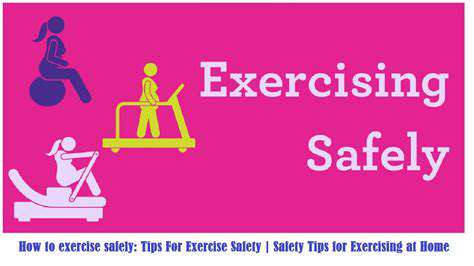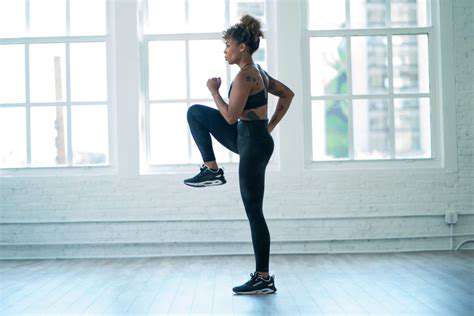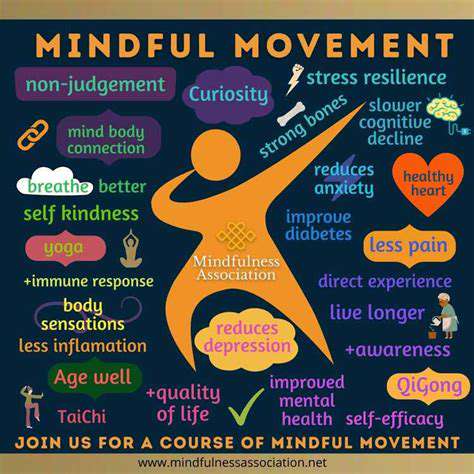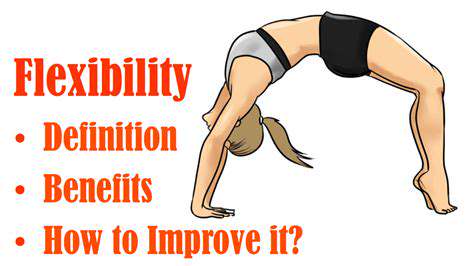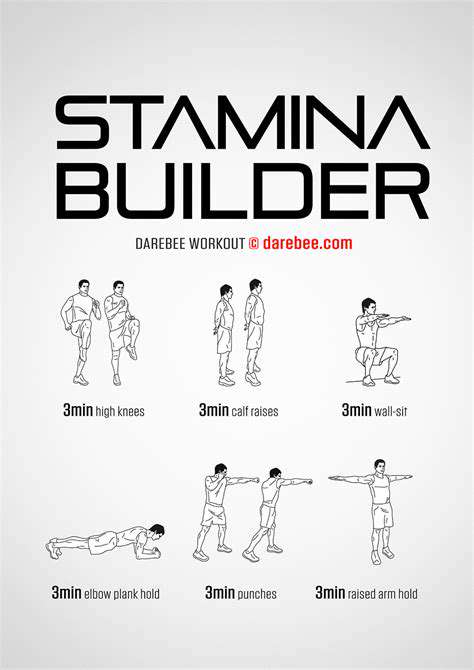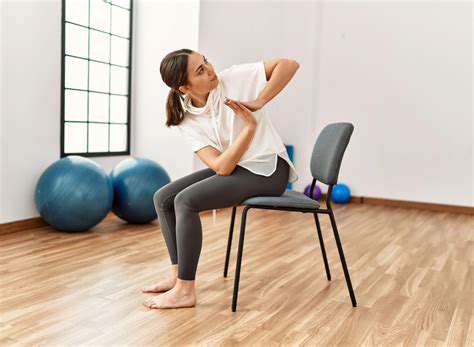Chair Exercises for Seniors to Enhance Flexibility
Outline
Enhancing muscle strength in the elderly through seated resistance training
Improving flexibility and balance, effectively reducing the risk of falls
Group exercise promotes social interaction and relieves feelings of loneliness in the elderly
Regular exercise improves mental health and enhances emotional state
Maintaining joint flexibility is crucial for the ability to live independently
Ensuring that seating is stable and the environment is safe is a prerequisite for exercise
Establishing a fixed training schedule enhances the effectiveness of exercise
Setting quantifiable goals drives continuous motivation for exercise
Four Major Benefits of Seated Exercise for the Elderly
Strength Training
Seated exercise provides the elderly with a safe and effective strength enhancement program. Data from the American College of Sports Medicine shows that resistance training twice a week can increase muscle strength by 18-25%. Through seated leg lifts, arm curls, and other movements, it targets core muscle groups while avoiding excessive pressure on the joints.
It is recommended to incorporate resistance bands for progressive training. Start with seated wall pushes and then move to side raises with resistance, gradually increasing the training intensity. Maintain a steady breathing rhythm, aiming to complete 8-12 repetitions of each exercise, with rest periods not exceeding 90 seconds.
Improvement of Flexibility and Balance
The Japan Geriatrics Society found that three months of seated stretching can increase joint range of motion by 40%. Clock swing exercise is recommended: Holding onto the chair back with one hand, slowly tap different clock positions with one leg. This not only enhances ankle flexibility but also trains dynamic balance.
Activation of Social Functions
Group exercise classes organized by community fitness centers have dual benefits. When completing seated square dance movements, participants naturally form mutual support groups. The fixed weekly schedule allows the elderly to maintain their exercise habits while establishing a stable social network.
Promotion of Mental Health
The endorphins released during exercise can effectively relieve anxiety. It is suggested to include a 5-minute meditation session before and after training: while closing the eyes and taking deep breaths, include shoulder and neck relaxation movements. By recording daily mood indices, it can be observed that emotional scores generally improve by 15-20 basis points after exercise.
Elderly individuals who develop a habit of exercise show a significant increase in self-efficacy, displaying stronger decision-making confidence in handling daily affairs. This improvement in mental state often becomes noticeable after 4-6 weeks of consistent exercise.
Classic Seated Exercises to Enhance Flexibility
The Importance of Flexibility Training for the Elderly
Joint mobility directly affects quality of life. Daily actions such as bending over to tie shoelaces or reaching for objects require good flexibility as a foundation. Using a progressive stretching method, regular training of three times a week for 15 minutes can increase forward trunk bending by 5-8 centimeters.
Recommended Practical Training Movements
1. Seated Rainbow Arc: Hold a towel at both ends and draw a semicircular trajectory overhead. This movement can simultaneously stretch the shoulder and lateral waist muscles; aim to complete 2 sets of 8 repetitions in the morning and evening.
2. Book Balance Training: Complete seated torso twists while balancing a book on your head, ensuring that the item does not fall. This exercise strengthens core stability while enhancing neck control.
3. Foot Activation: Use your toes to pick up a towel from the ground; repeat 10 times before switching feet. This seemingly simple movement can significantly improve blood circulation in the feet.
Safety Training Points
Choosing dining chairs with armrests is safer than switching chairs; the chair height should allow the knees to bend at a 90-degree angle. Keep your phone within easy reach during training, and consider wearing a medical alert device. Non-slip mats on the floor and sufficient lighting are key elements in preventing accidents.
Personalized Plan Creation
Combining training periods with daily life yields better results: do 5 minutes of wake-up stretching in the morning, strength training in the afternoon, and relaxation exercises in the evening. Use a smart wristband to track daily activity; if the target is not met for three consecutive days, the device will automatically send reminders.
Implementation Plan for Daily Seated Exercises

Environmental Arrangement Tips
Set up a dedicated exercise area within a 1-meter radius of the chair, with motion diagrams posted on the walls. Prepare a multifunctional training pack: including resistance bands, massage balls, and small dumbbells (500g-1kg). Keep the room temperature between 22-24℃, with humidity at 40-60% for optimal conditions.
Time Allocation Strategy
Divide the day into three exercise units:
- Morning 7-8 AM: Dynamic stretching (8-10 minutes)
- Afternoon 3-4 PM: Strength training (15 minutes)
- Evening 8-9 PM: Relaxation exercises (5 minutes)
Leave 3 minutes of preparation/cleanup time before and after each unit to form reflexive exercise habits.
Progress Management Method
Use a three-color progress card to record training effectiveness:
- Green: Completed standard movements easily
- Yellow: Required slight assistance to complete
- Red: Discomfort occurred and adjustments are needed
Comparing the distribution of colors on the progress card each month provides an intuitive understanding of physical adaptation. When achieving 80% green ratings for two consecutive weeks, consider adding 1-2 new movements.
Enhancement of Fun Factors
Create mnemonics for training movements, such as \one push, two pulls, three stretches.\ Hold family exercise challenges, setting prizes for completing 21 consecutive days of workouts. Incorporate nostalgic music for rhythmic training to enhance enjoyment while improving movement coordination.
